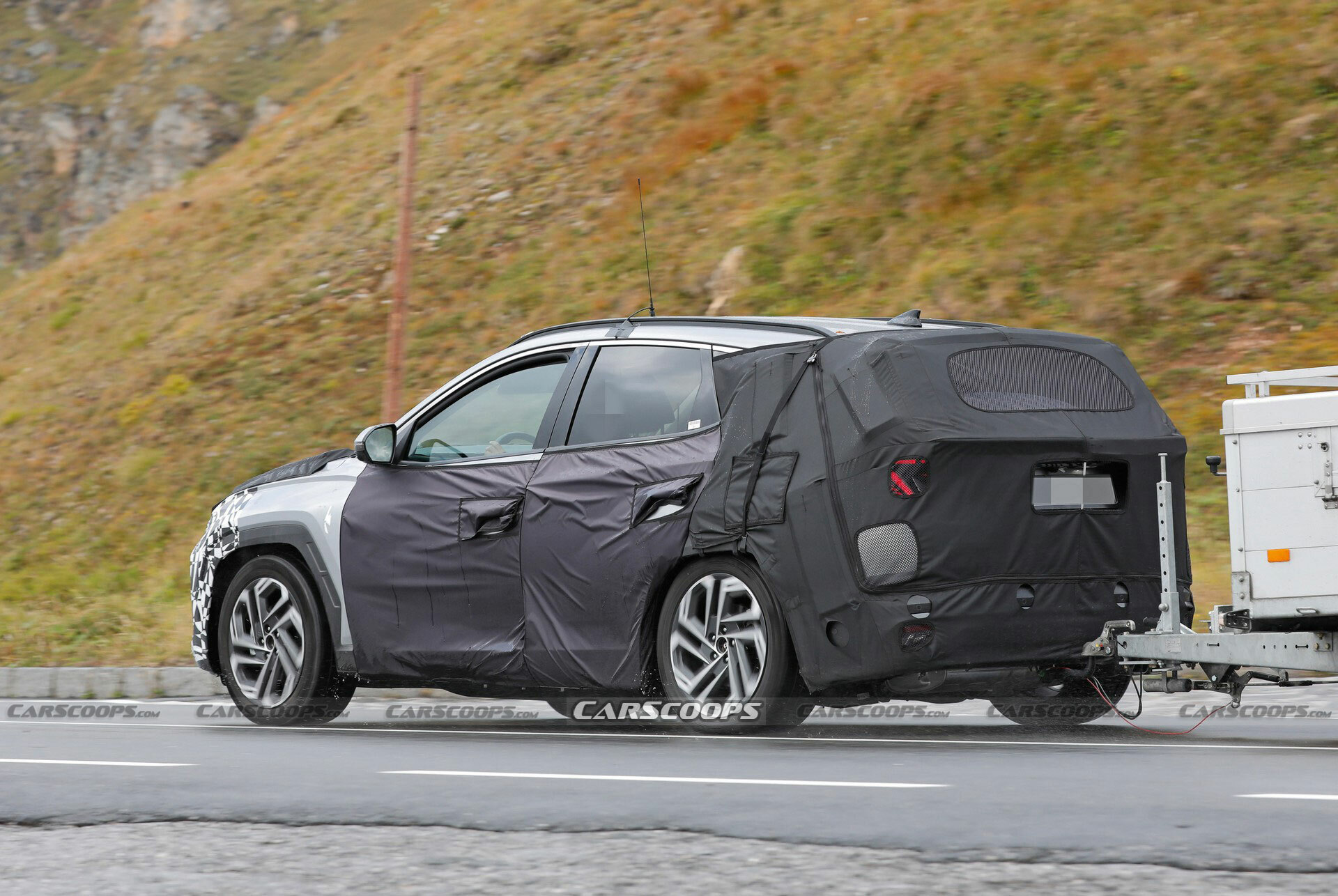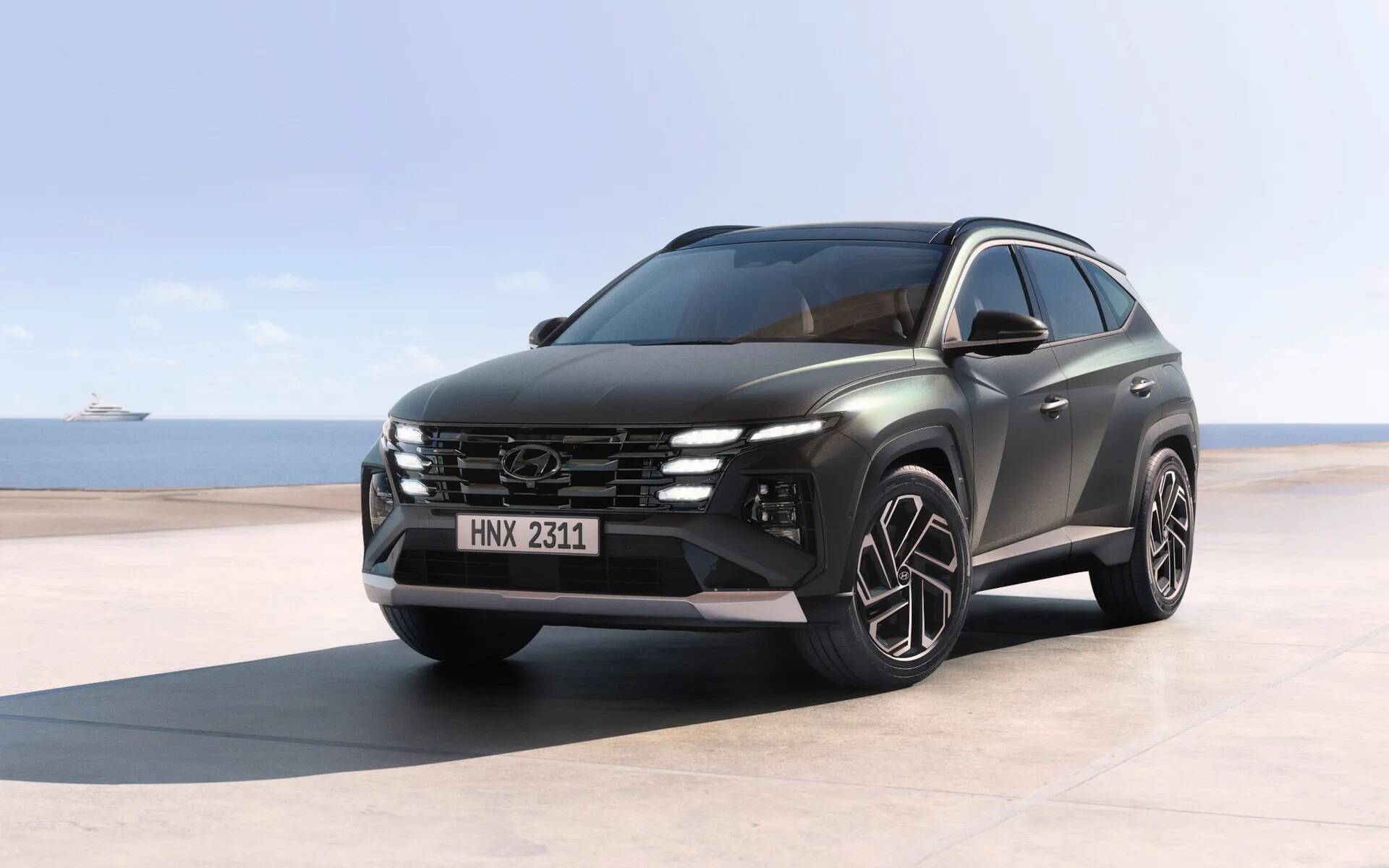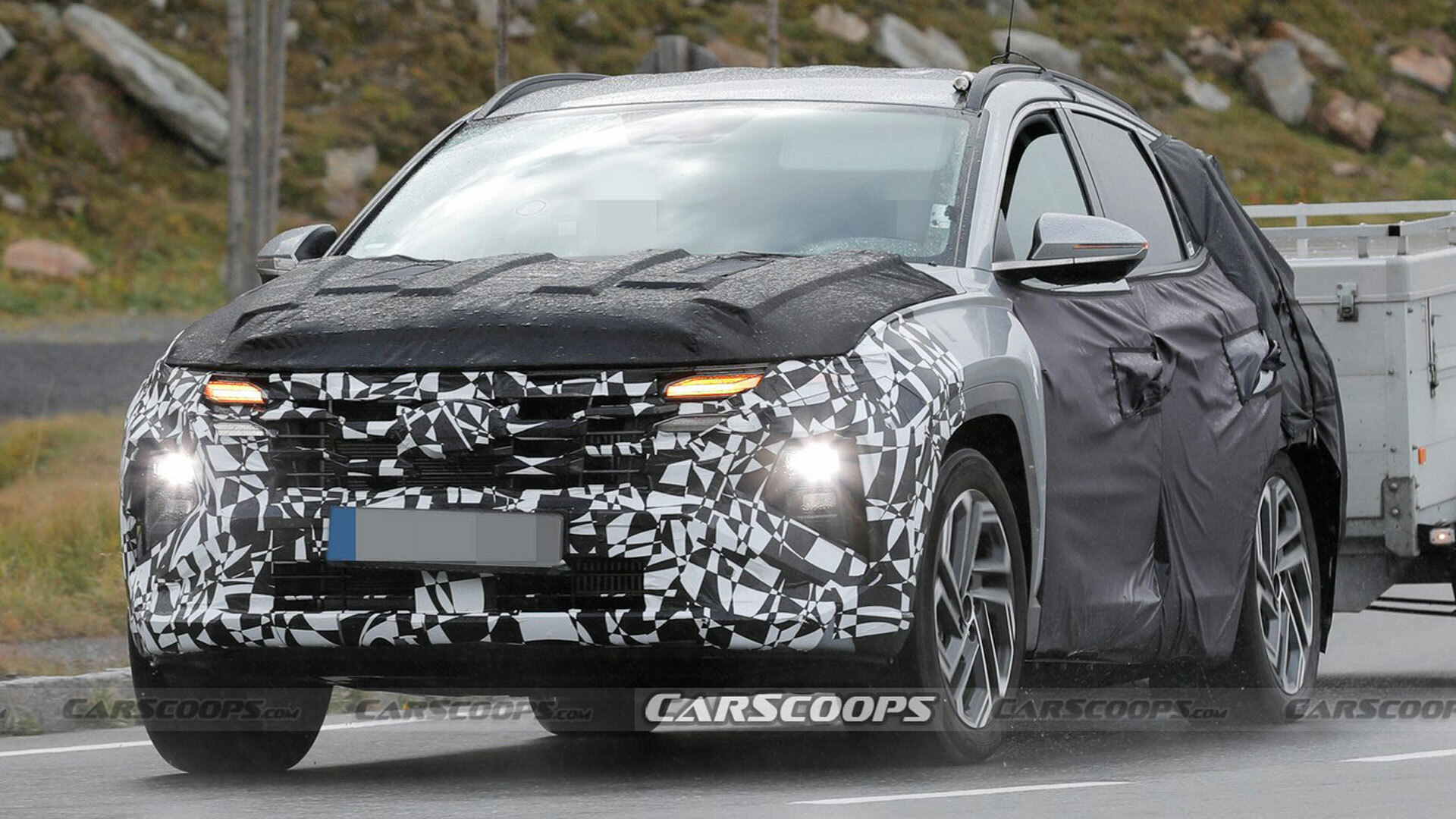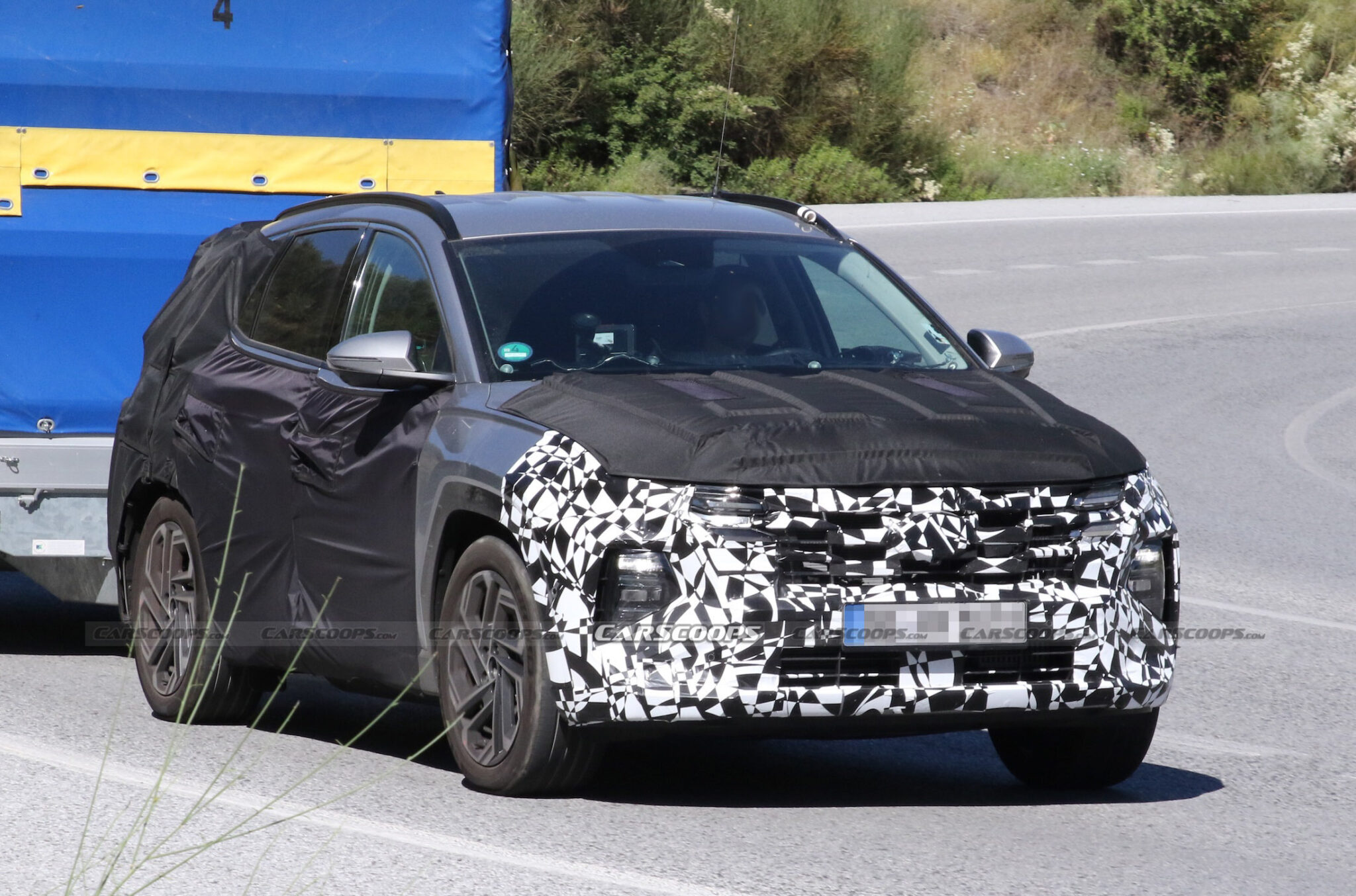Illuminating the Road Ahead: A Comprehensive Look at the 2025 Hyundai Tucson’s Fog Lights
Illuminating the Road Ahead: A Comprehensive Look at the 2025 Hyundai Tucson’s Fog Lights
Introduction
With enthusiasm, let’s navigate through the intriguing topic related to Illuminating the Road Ahead: A Comprehensive Look at the 2025 Hyundai Tucson’s Fog Lights. Let’s weave interesting information and offer fresh perspectives to the readers.
Table of Content
Illuminating the Road Ahead: A Comprehensive Look at the 2025 Hyundai Tucson’s Fog Lights
![]()
The Hyundai Tucson, a popular compact SUV, continues to evolve with each model year, offering a blend of style, technology, and safety features. Among the enhancements expected in the 2025 iteration are advancements in lighting technology, particularly in the area of fog lights. While these seemingly small additions might appear inconsequential, their impact on driver visibility and safety is significant.
The Role of Fog Lights in Enhanced Visibility
Fog lights, strategically positioned low in the front bumper, are designed to pierce through dense fog, mist, and heavy rain, providing drivers with crucial illumination when standard headlights struggle to penetrate the obscuring elements. Their unique placement and beam pattern allow them to cut through the atmospheric haze, projecting a wide, low beam that illuminates the road ahead without blinding oncoming traffic.
Technological Advancements in the 2025 Hyundai Tucson’s Fog Lights
The 2025 Hyundai Tucson is anticipated to feature advanced fog light technology, likely incorporating LED lighting. LED technology offers several advantages over traditional halogen bulbs:
- Increased Brightness: LEDs produce a significantly brighter light, enhancing visibility and allowing drivers to see further ahead in challenging conditions.
- Energy Efficiency: LEDs consume less energy than halogen bulbs, leading to improved fuel economy and a reduced strain on the vehicle’s electrical system.
- Longer Lifespan: LEDs are known for their extended lifespan, reducing the need for frequent replacements and associated maintenance costs.
- Improved Durability: LEDs are more resistant to vibration and shock, making them more durable in challenging driving environments.
Additional Features and Benefits
The 2025 Hyundai Tucson’s fog lights may also incorporate additional features that further enhance visibility and safety:
- Adaptive Fog Lights: This technology automatically adjusts the intensity and direction of the fog light beam based on the surrounding environment, optimizing illumination and minimizing glare.
- Cornering Fog Lights: These lights turn in the direction of the steering wheel, providing extra illumination when navigating tight corners or bends in low-visibility conditions.
- Integrated Daytime Running Lights (DRLs): Some models may incorporate LED fog lights as DRLs, enhancing daytime visibility and providing a modern, stylish aesthetic.
The Importance of Fog Lights for Enhanced Safety
The enhanced visibility provided by the 2025 Hyundai Tucson’s advanced fog lights contributes significantly to driver safety in challenging conditions. They allow drivers to:
- Identify obstacles sooner: Clearer illumination enables drivers to spot potential hazards like pedestrians, animals, or road debris more quickly, providing crucial reaction time to avoid accidents.
- Maintain lane position: In dense fog, it can be difficult to discern lane markings. Fog lights illuminate the road ahead, allowing drivers to maintain their lane position and avoid drifting.
- Increase awareness of surroundings: Improved visibility allows drivers to better perceive their surroundings, including oncoming traffic, pedestrians, and other vehicles, contributing to safer driving decisions.
Frequently Asked Questions (FAQs) about the 2025 Hyundai Tucson’s Fog Lights
Q: Are the fog lights standard equipment on all 2025 Hyundai Tucson models?
A: The availability of fog lights may vary depending on the specific trim level and package options. It is recommended to consult the official Hyundai website or contact a dealership for detailed information.
Q: How do I activate the fog lights on my 2025 Hyundai Tucson?
A: The activation method may vary depending on the vehicle’s configuration. Typically, a dedicated switch on the dashboard controls the fog lights. Refer to the owner’s manual for specific instructions.
Q: Can I replace the factory fog lights with aftermarket options?
A: While aftermarket fog light replacements are available, it is crucial to ensure compatibility with the vehicle’s electrical system and ensure proper installation to avoid potential safety risks.
Q: Are there any maintenance requirements for the 2025 Hyundai Tucson’s fog lights?
A: LED fog lights generally require minimal maintenance. However, regular inspection for damage or malfunction is recommended, and replacement bulbs should be sourced from reputable manufacturers.
Tips for Using Fog Lights Effectively
- Use fog lights only when necessary: Avoid using them in clear conditions, as they can be blinding to oncoming traffic.
- Adjust the beam pattern: Ensure the fog lights are properly aimed to avoid blinding oncoming traffic.
- Use in conjunction with low beams: Fog lights should be used in conjunction with low beams, not as a replacement.
- Turn off fog lights when visibility improves: Once visibility improves, turn off the fog lights to avoid blinding oncoming traffic.
Conclusion
The 2025 Hyundai Tucson’s enhanced fog lights are a testament to the ongoing commitment to driver safety and technological innovation. These advancements in lighting technology offer significant benefits in challenging driving conditions, improving visibility, enhancing awareness, and ultimately promoting safer driving experiences. By embracing these technological advancements, the 2025 Hyundai Tucson continues to set the standard for safety and innovation in the compact SUV segment.








Closure
Thus, we hope this article has provided valuable insights into Illuminating the Road Ahead: A Comprehensive Look at the 2025 Hyundai Tucson’s Fog Lights. We appreciate your attention to our article. See you in our next article!